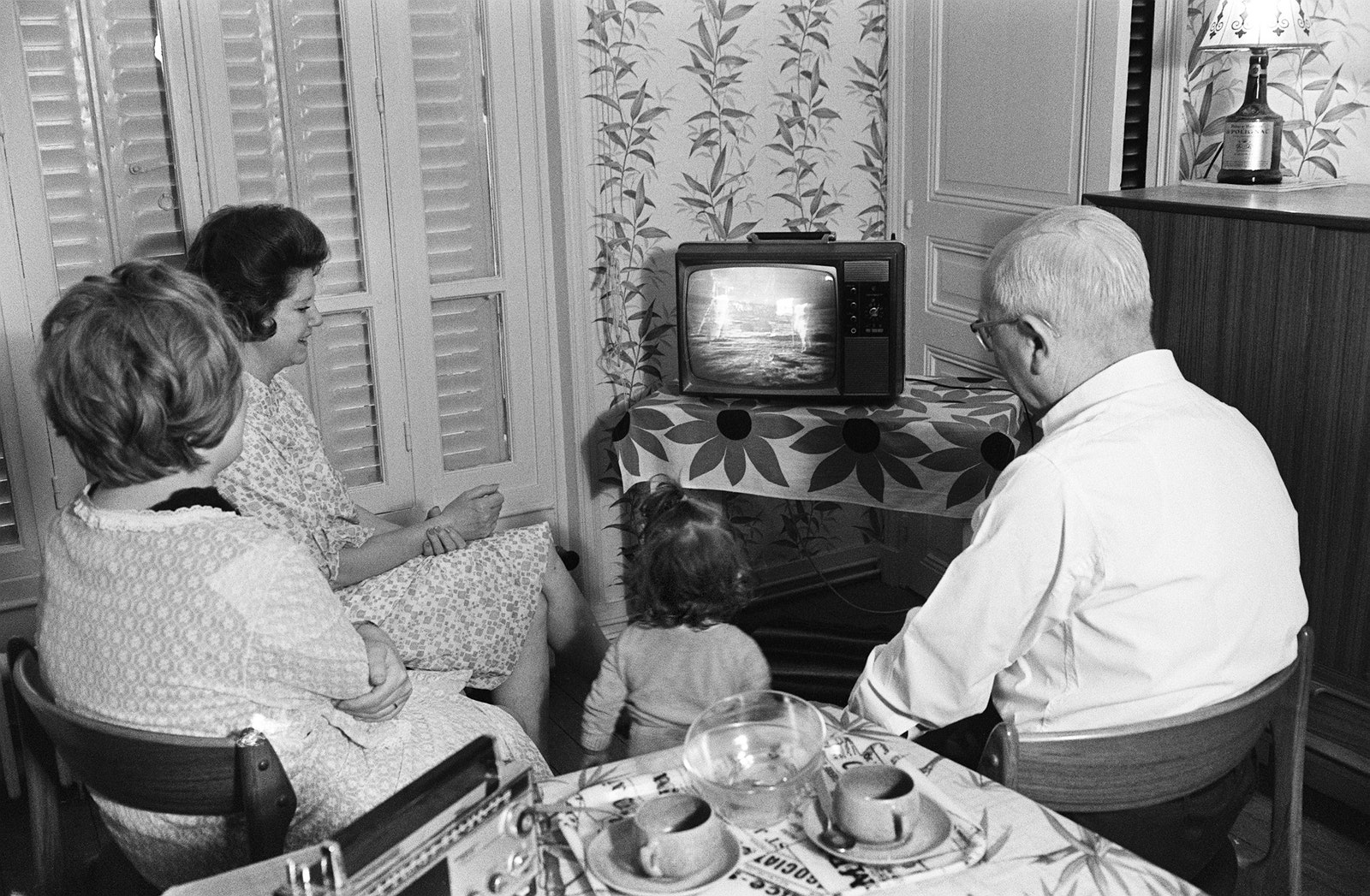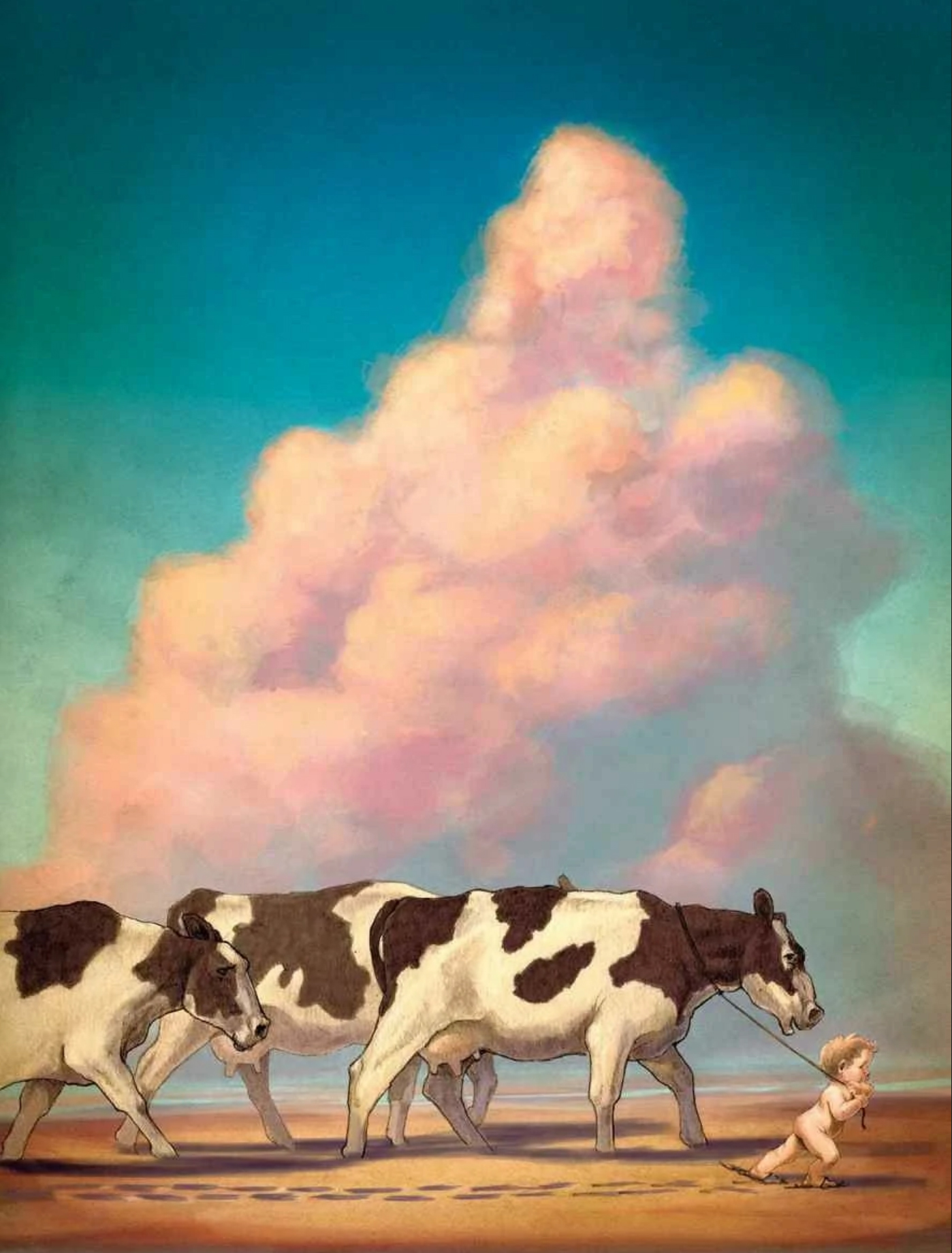The Trickster and Lucille Ball: Television Is Alchemy
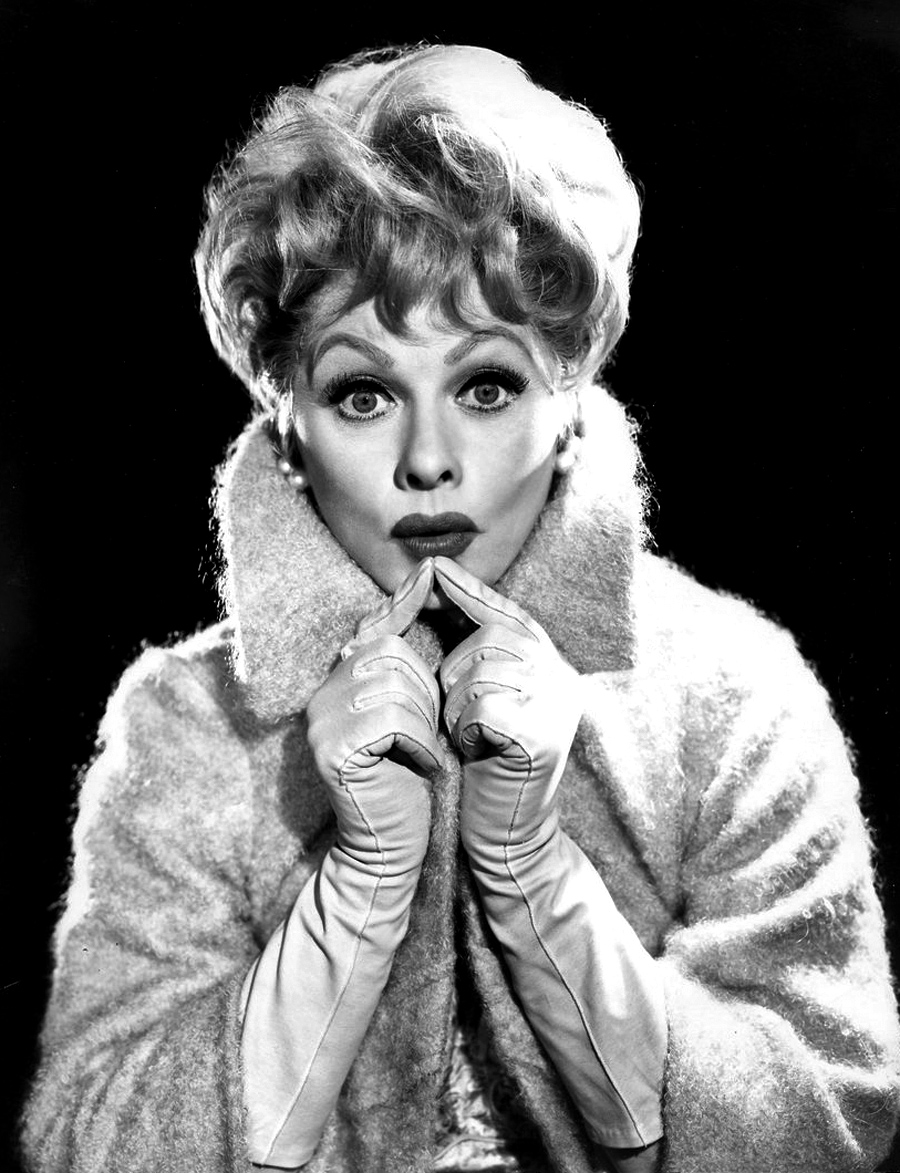
Every generation occupies itself with interpreting Trickster anew.
Paul Radin
Pedigree Has a Name
EVERY WEEK I have the habit of turning out a new paper. And then Friday rolls along, and I’ll ask myself (having already pushed the publish button) if I have enough personal encouragement or the mental tenacity to research and write another. One of these days I plan to retire, I remind myself, but never next week. Often, I find myself wandering aimlessly through The Matrix, kind of just shifting through the wreckage of the official narrative that somehow makes the entire illusion of our perceived reality possible, seeking out the topic of another expose. If you’re presently reading this, then you know what that means. I managed to find one.
The trouble began when I decided to take a closer look at the genealogy of Lucille Ball, and wouldn’t you know it, she descended from a witch. But not just any witch. Her 9th great-grandmother was Rachel Vinson. And you know who that is, right? In 1692, Vinson was accused of witchcraft in Salem. This would make Mary Towne Eastey and Rebecca Towne Nurse her 7th great-grandaunts, both witches, with Mary Perkins Bradbury, another accused witch, her 8th great-grandaunt. Both Eastey and Nurse were reportedly executed, but that much is a lie. The Salem Witch Trial was alchemical in nature but also a hoax.
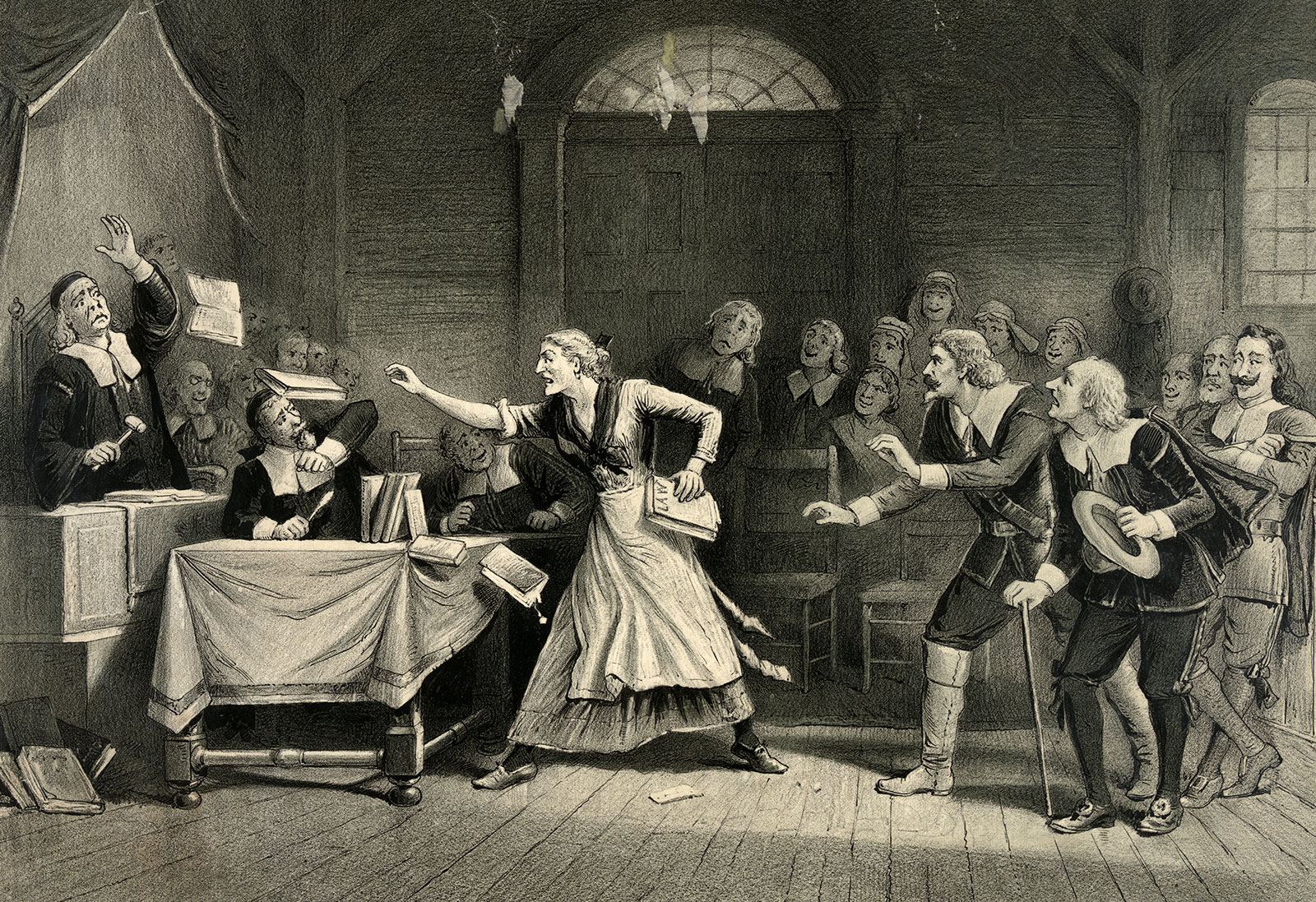 As a reminder, you are under no obligation to believe the official narrative, as presented to us by the children of Cain. Oh, Lucille Ball is a Cain, alright. She’s a Queen of Cain and so much more. Master Builder. Priestess. Trickster. But we’ll soon get to that. It’s probably not a coincidence that her name is a play on Lucifer Ba’al. If Salem was a hoax then that also means Intel was writing the script and holding the spotlight. The irony here is that, while the witches of Salem were actors only playing the part, psychodrama, as my serial reader already knows, is real witchcraft. Lucille Ball’s connection to Rachel Vinson is furthermore by no means a coincidence. Before this is over, you shall see why. Meanwhile, just know that you too can come to the decision that the intended psychodrama has no effect on you. It will take willpower on your part. Go ahead, pull back a curtain and see the deception for yourself, and then take a sledgehammer to that idol. Look at you, a wrecking crew foreman. Freeing, isn’t it?
As a reminder, you are under no obligation to believe the official narrative, as presented to us by the children of Cain. Oh, Lucille Ball is a Cain, alright. She’s a Queen of Cain and so much more. Master Builder. Priestess. Trickster. But we’ll soon get to that. It’s probably not a coincidence that her name is a play on Lucifer Ba’al. If Salem was a hoax then that also means Intel was writing the script and holding the spotlight. The irony here is that, while the witches of Salem were actors only playing the part, psychodrama, as my serial reader already knows, is real witchcraft. Lucille Ball’s connection to Rachel Vinson is furthermore by no means a coincidence. Before this is over, you shall see why. Meanwhile, just know that you too can come to the decision that the intended psychodrama has no effect on you. It will take willpower on your part. Go ahead, pull back a curtain and see the deception for yourself, and then take a sledgehammer to that idol. Look at you, a wrecking crew foreman. Freeing, isn’t it?
And now, back to her genealogy.
I was able to find ten Magna Carta sureties in her parentage. That’s no small accomplishment. Follow along. 22nd great-grandfather Robert de Ros. 23rd great-grandfathers Hugh le Bigod, William d’Aubeney, John de lacy, Gilbert de Clare, and William de Mowbray. 24th great-grandfathers Richard de Clare, Saher de Quincy, Roger le Bigod, and Henry de Bohun. That’s some serious animal husbandry, right there. Moving on down the line, we find the usual suspects. 21st great-grandfather King Edward I of England. 22nd great-grandfather King Henry III of England. 26th great-grandfather King Louis VI of France. 27th great-grandfather William the Conqueror. 31st great-grandfather King Robert I of France. 24th great-grandfather Alfred the Great. And finally, always last but never least, 36th great-grandfather Charlemagne, King of the Franks. Keep moving on down that line and you will surely find Caesars, Pharaohs, and Babylonian kings. Eventually Ham. On beyond the great deluge, Cain. And who was the father of Cain? The serpent was. You see how that works? Class is dismissed.
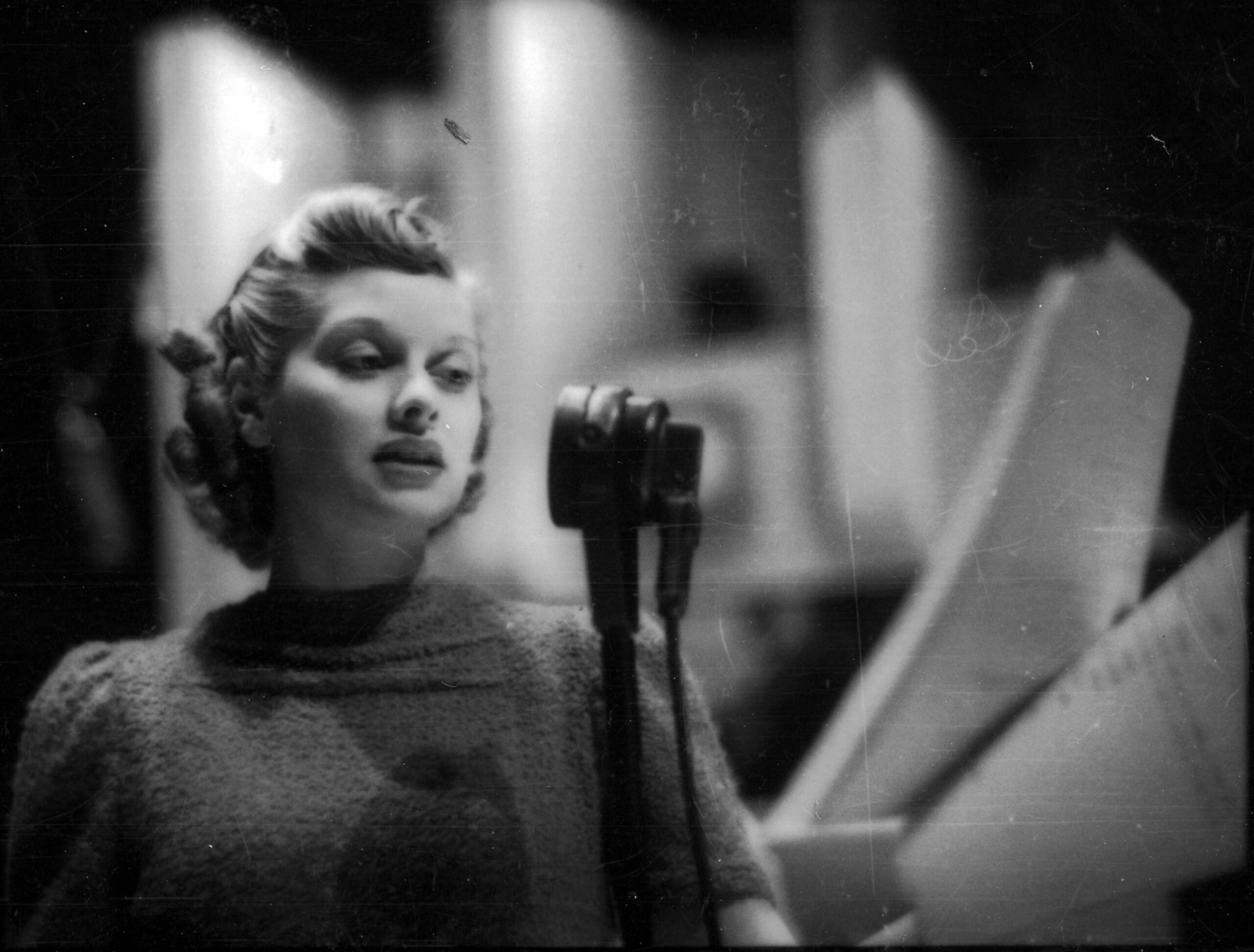
.
The first episode of I Love Lucy debuted on national television on October 15, 1951. It was the highest rated series on any network for four of its six season run, never dropping below third in the ratings. The show repeatedly focused upon Lucille Ball’s attempt at circumnavigating her husband’s demand that she stay out of show business, while on an exoteric level, the ongoing relationship between Ricky and Lucy Ricardo with their neighbors the Mertz’s became a weekly analogy for those with televisions and the neighbors who came over to catch each new episode from their couch. For the purposes of this paper, I hope to demonstrate why Lucille Ball’s weekly attempts at stardom are central to the alchemy at work. By 1955, I Love Lucy was already being recycled into the American consciousness via reruns, the first show ever to do so. And until streaming became a reality, the reruns never let up. There is a possibility that one of my readers hasn’t the faintest clue what sort of impact I Love Lucy had on society, and now you have been caught up to speed.
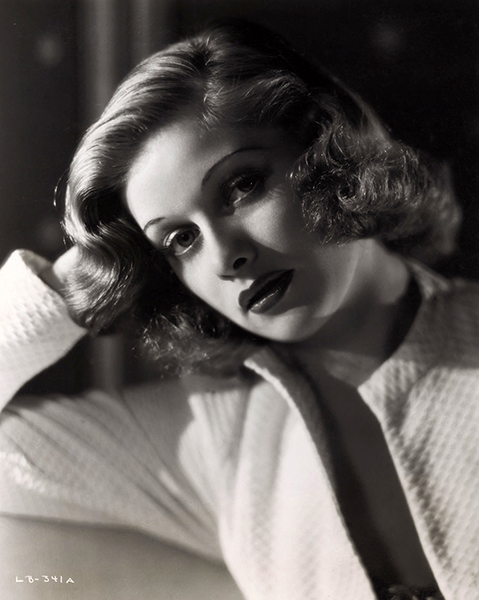 Somebody in The Matrix will surely protest and tell me that Lucille Ball’s relations is circumstantial evidence, as she could have been related to all of those dead people and still completely failed at becoming the Queen of Comedy, or as the Chicago Tribune referred to her, “Television’s First Lady.” Sure, but I’m here to tell you that Lucille Ball wouldn’t have become the person we know her to be without the right relations. It works both ways. Lucille Ball’s bio is typical of her kissing cousins. She struggled, and oh, how she struggled to make it to the top. And haven’t you heard how she struggled like a real person? If you play your cards right, they tell us, you too can be the next television idol, but that much is a lie, unless you’re a Cain. All we’re really witnessing is a Wizard’s apprentice rising through the ranks. Lucy raises chickens. Lucy loses her wedding ring. Lucy gets her head stuck in a trophy. Lucy loses her passport for Europe or her train ticket to Florida. It’s why practically every episode of I Love Lucy plays out like The Golden Ass (or its Disney counterpart, The Sorcerer’s Apprentice). We are watching the rise of a neophyte to that of Ascended Master.
Somebody in The Matrix will surely protest and tell me that Lucille Ball’s relations is circumstantial evidence, as she could have been related to all of those dead people and still completely failed at becoming the Queen of Comedy, or as the Chicago Tribune referred to her, “Television’s First Lady.” Sure, but I’m here to tell you that Lucille Ball wouldn’t have become the person we know her to be without the right relations. It works both ways. Lucille Ball’s bio is typical of her kissing cousins. She struggled, and oh, how she struggled to make it to the top. And haven’t you heard how she struggled like a real person? If you play your cards right, they tell us, you too can be the next television idol, but that much is a lie, unless you’re a Cain. All we’re really witnessing is a Wizard’s apprentice rising through the ranks. Lucy raises chickens. Lucy loses her wedding ring. Lucy gets her head stuck in a trophy. Lucy loses her passport for Europe or her train ticket to Florida. It’s why practically every episode of I Love Lucy plays out like The Golden Ass (or its Disney counterpart, The Sorcerer’s Apprentice). We are watching the rise of a neophyte to that of Ascended Master.
In her bio, we learn that Ball was enrolled in a theatrical arts school in New York City in 1925, and that her instructors soon felt she would have no success in the entertainment field. Another move to New York in 1928 saw her working as an in-house model for a woman named Hattie Carnegie. I checked. The Carnegie surname plays homage to Andrew Carnegie, while Hattie was born a Kanengeiser. That is, a Joo. Yet one more move to New York in 1932 would again secure her employment with Carnegie, this time winning the part of the Chesterfield cigarette girl. Her attempt as a chorus girl on Broadway was another dead end, as Establishment guy Florenz Ziegfeld fired her while she was still 16. In little time, theater impresario Earl Carroll did the same. While it is true that Ball could have at any time given up, she never would have climbed the highest ranks if she hadn’t.
By 1933, Ball had moved permanently to Hollywood to appear in films. Now, the Wikipedia gives some hints as to Ball’s royal lineage. They will tell you that her ancestors “were among the earliest settlers in the Thirteen Colonies” in one breath and that Ball and Ginger Rogers, who played aspiring actresses in the 1937 film Stage Door, “were distant maternal cousins” in another. But they will also neglect to mention that co-star Katharine Hepburn has eleven Magna Carta sureties for patriarchs, and Mayflower passenger William Brewster is her 9th great-grandfather. They’re all related.
.
Crossroads: The Secret To Success Is Walking Backwards
BEFORE DIGGING any further into Lucille Ball’s pedigree or bio, I figure this is as good a time as any to tell you a story about the Greek elohim Hermes. Because Lucille Ball is Hermes. Afterwards, you will have little trouble connecting those dots for yourself.
Hermes was the son of Zeus and Maia. Zeus likely needs no introduction, as he was the father of the Olympian pantheon. The lesser known Maia however was a nymph and the eldest of the seven Pleiades sisters, nursemaids and teachers to the infant Dionysus, who in turn were the daughters of the titan Atlas and the sea-nymph Pleione. It was most notably in the act of stealing Apollo’s cattle, a feat which was accomplished on the day of his birth, that the admiration of Zeus was won, thereby securing Hermes intermediary office as a herald between the higher and lower realms.
That’s precisely what a trickster is. Believe it or not, we are dealing with the axiom, as above, so below, and so the trickster is the transformer which makes it entirely possible. The elohim of trickery, you see, is Hermes. Whether it is the Monkey King stealing the Peaches of Immortality from the Tree of Life or Brer Rabbit outsmarting Brer Fox after his encounter with the tar baby, tricksters can be encountered in mythological stories spanning the globe world, and it’s always the same. The aim of the trickster is to increase the sphere of hermeneutical possibilities. Their role is to labor as an intermediary with and a receiver for the “Higher Pantheon” of Ascended Masters, helping to cross and ultimately destroy boundaries through the continual act of bringing the human world into being. Perhaps most importantly for the neophyte and Hermes, it is through trickery that the Trickster becomes like elohim.
There are probably two interesting life lessons worth noting in the Hermes-Apollo cattle story. The infant—no doubt symbolic of an initiate—utilized magic in order that the cattle might walk backwards (in true Aleister Crowley fashion), thereby discouraging any attempt to discover the sleight of hand, and more importantly, the spell being cast. Secondly, after a bystander named Battus witnessed Hermes in the act, the newborn immediately bought his silence. Still, Hermes questioned whether or not he could trust the stranger. He therefore disguised himself and quickly returned, offering a reward for any news of the stolen cattle. The old man quickly sold him out, and as punishment, Hermes turned him to stone. Does that not describe every Intel psyop in the history of the world? Precisely. It does. Or in the case of Apollo 1 astronaut Gus Grissom, they’ll blow you up on the tarmac rather than turn you into stone. Because loose lips sink ships, er, explode command modules.
Point being, we only know about the biography of Hermes and his encounter with Battus because they’re telling us that the biographies of their greatest initiates will not be explained except in the telling of lies. Aristotle wrote that Homer first “taught the rest of us the art of framing lies the right way.” Here we have a confession from the Master. Sure, Homer made lies seem so real that they entered the world and walk among us, but it is the actual writings of Homer which were employed by the neophyte as a textbook for deception. Recall on the exoteric level how Odysseus tricked the people of Troy into his Trojan horse and then pay close attention to the television entering every American household. Now we’re getting somewhere. Like Homer, Odysseus was a Master at the art of lying, as he received his education from his grandfather, Autolycus, who in turn was endowed by his father, Hermes. See how we’re coming full circle? According to the same tradition, Hermes was the inventor of the first lie.
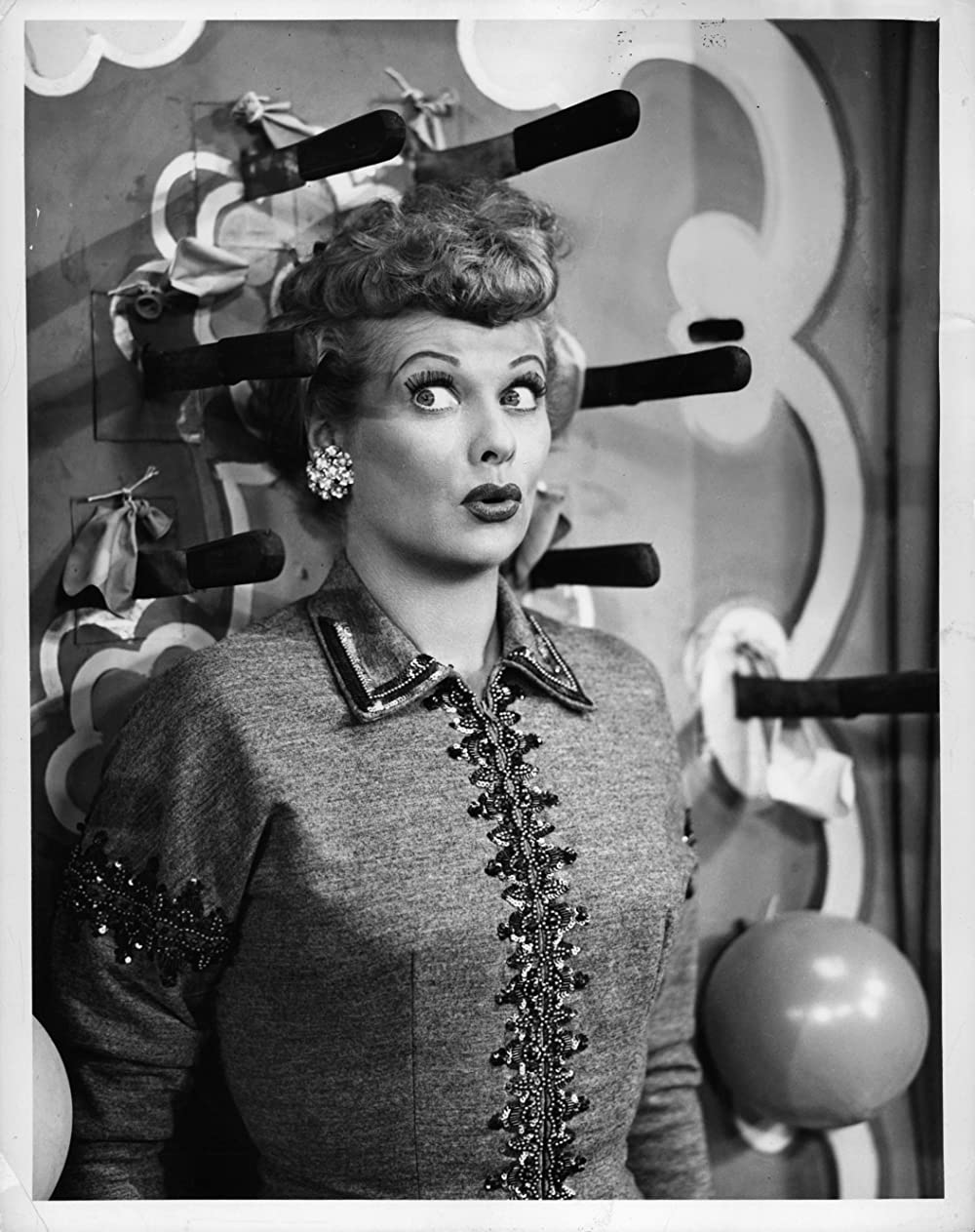 If lying is the prerequisite attire of a Trickster deity, then Lucille Ball wore it fashionably well. In one episode of I Love Lucy, Rickey, Ethel, and Fred become so weary of Lucy’s serial dishonesty that they make a wager amounting to $100, positive that Lucy cannot survive 24-hours without telling even the smallest fib. It is while playing bridge at their friend Carolyn Appleby’s home that Ethel decides to take advantage of the bet, forcing Lucy’s hand into sharing her honest opinion of Carolyn’s hideous new Chinese Modern furniture. Once Ethel lets everyone in on their bet, Lucy and Ethel’s friends secretly collaborate by asking Lucy her age, weight, and natural hair color. Here the wager backfires, as Lucy begins a new regime of honesty by proclaiming everyone’s faults. By the end of the episode however, Lucy is caught lying about her ability to speak Italian, and winds up becoming an Italian-speaking knife thrower’s assistant.
If lying is the prerequisite attire of a Trickster deity, then Lucille Ball wore it fashionably well. In one episode of I Love Lucy, Rickey, Ethel, and Fred become so weary of Lucy’s serial dishonesty that they make a wager amounting to $100, positive that Lucy cannot survive 24-hours without telling even the smallest fib. It is while playing bridge at their friend Carolyn Appleby’s home that Ethel decides to take advantage of the bet, forcing Lucy’s hand into sharing her honest opinion of Carolyn’s hideous new Chinese Modern furniture. Once Ethel lets everyone in on their bet, Lucy and Ethel’s friends secretly collaborate by asking Lucy her age, weight, and natural hair color. Here the wager backfires, as Lucy begins a new regime of honesty by proclaiming everyone’s faults. By the end of the episode however, Lucy is caught lying about her ability to speak Italian, and winds up becoming an Italian-speaking knife thrower’s assistant.
A Trickster is ultimately one who lies in order to tell the truth—as perceived reality goes. Therefore, the official narrative is often all we have to work with, despite the fact that it is a jigsaw puzzle of lies.
And now, back to Ball’s bio.
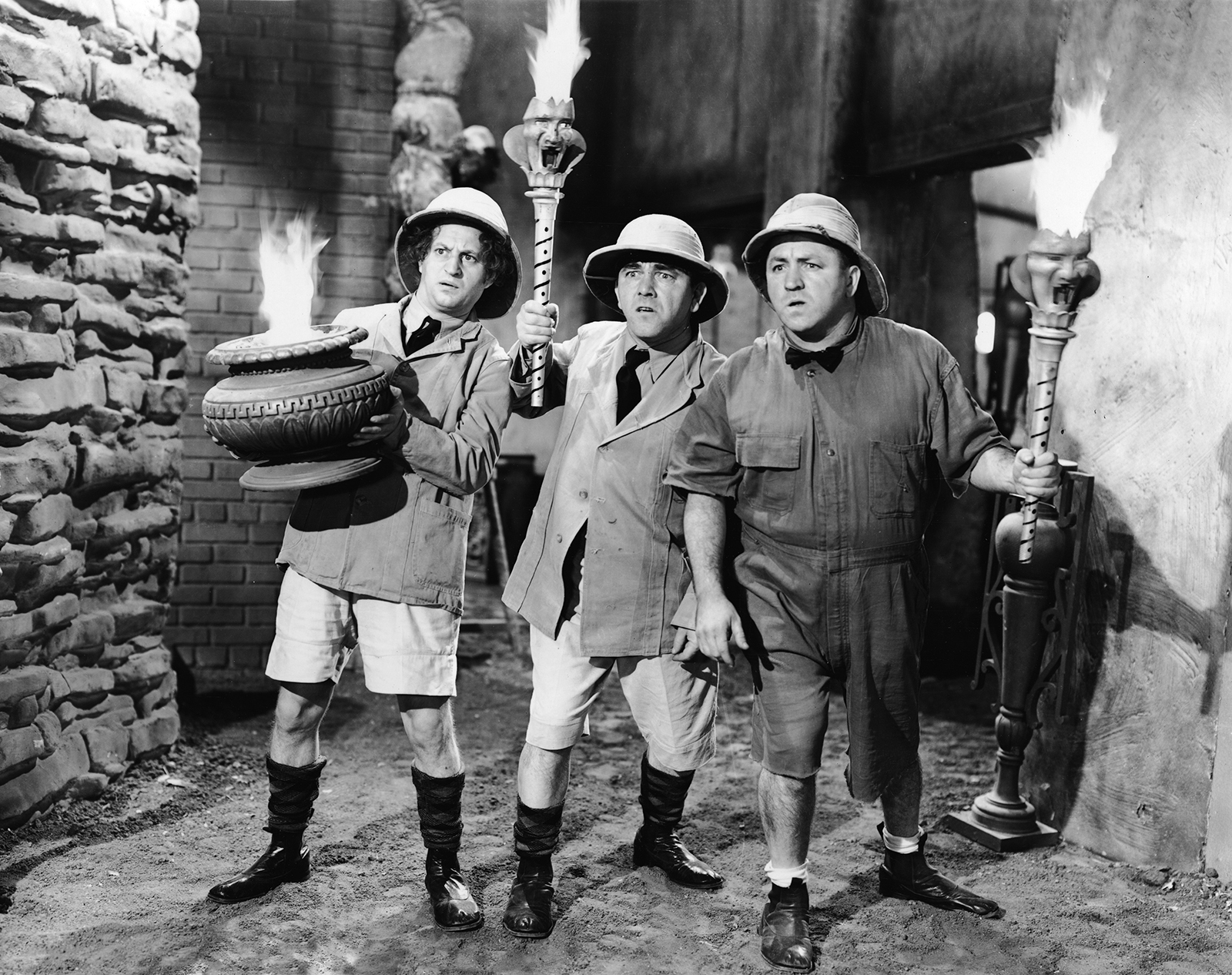
It is in Hollywood where the Three Stooges and the Marx Brothers enter the narrative of her life. With the 1934 two-reel comedy short, Three Little Pigskins, Ball played the straight man to the Stooges. She then shared screen time with the Marx Brothers in their 1938 movie, Room Service. And who were the Marx Brothers and the Three Stooges but Tricksters? Well, technically they were Joos. But they were also Tricksters. Why were Joos playing with pigskins? Unanswered questions. Other Trickster prototypes of the Depression era include Charlie Chaplain and Laurel and Hardy. Chaplain was another Joo, whereas Laurel and Hardy were simply popular with Jewish audiences, and were known as “Hashamen v’ he razeh” in Hebrew, which literally translates, “the fat one and the thin one.”
Perhaps you are curious as to how Larry, Moe, and their rotating third brother, Shemp, Curly, Joe, and Curly Joe (along with the Marx Brothers, Laurel and Hardy and Chaplain) fill the shoes of a Trickster elohim. Simple. Because a Trickster is someone who wanders aimlessly. If you are even remotely familiar with the above names mentioned, then I have just described the greater emphasis of their work. The actions of the aimless wanderer will require him to cross paths with circumstances he does not expect. From the point of view of the settled community, his aimlessness makes him an embodiment of uncertainty. This likewise makes him an outsider. If the Trickster is a true Master of his trade, then no one knows when he’ll show up, or what he’ll disrupt, or how he’ll once again manage to repel from a sticky situation and climb out on top. In truth, the Trickster has developed an intelligence about contingency, for the Trickster is the very spirit of the crossroads at the edge of town. What happens when he enters the town to enliven it with his mischief? The boundary markers are expanded.
According to Paul Radin, author of The Trickster, “the Trickster is at one and the same time creator and destroyer, giver and negator, he who dupes others and who is always duped himself. He possesses no values, moral or social, is at the mercy of his passions and appetites, yet through his actions all values come into being.”
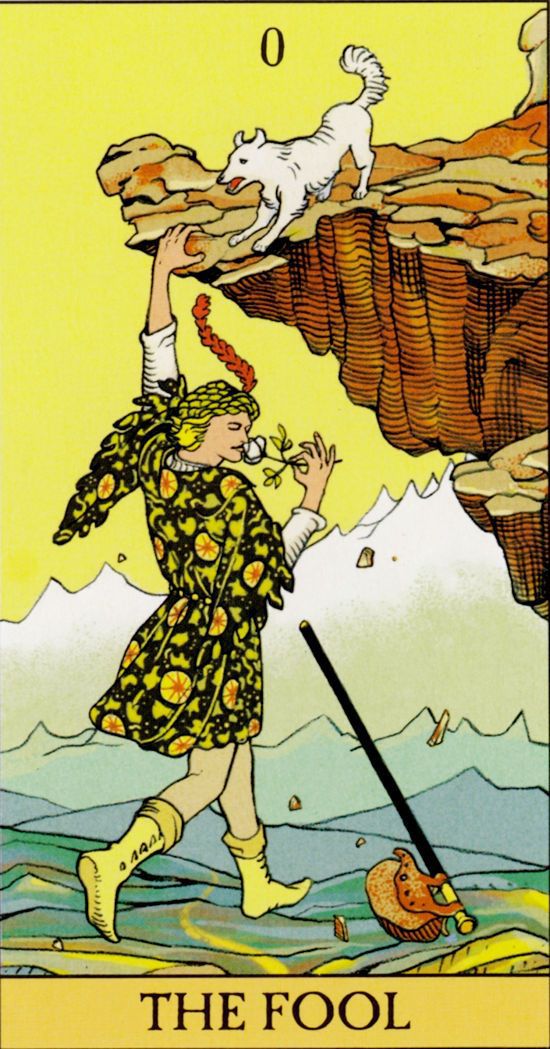 The Roman equivalent of Hermes, as you well know by now, was Mercury. Both deities occupy a central office in the alchemical tradition, as the double-natured transformative substance of Mercury has the power to destroy and recreate. Establishment psychoanalyst Carl Jung reminded us: “When the alchemist speaks of Mercurius, on the face of it he means quicksilver, but inwardly he means the world-creating spirit concealed or imprisoned in matter.”
The Roman equivalent of Hermes, as you well know by now, was Mercury. Both deities occupy a central office in the alchemical tradition, as the double-natured transformative substance of Mercury has the power to destroy and recreate. Establishment psychoanalyst Carl Jung reminded us: “When the alchemist speaks of Mercurius, on the face of it he means quicksilver, but inwardly he means the world-creating spirit concealed or imprisoned in matter.”
In Tarot, the Tricksters counterpart is the Fool. The number 0 represents Infinite potential, the creative mind, the beginning of everything, and the foundation of perceived reality. Like the Trickster, the Fool is the enemy of boundaries. And like both Hermes and Mercury, he is the magical go-between, mediating between the ethereal and material realms.
You will tell me that a Trickster (or the Fool, for that matter) has always been historically a man, whereas trouble-making women were resigned to the typecasting of sirens, hoping to lure and ultimately dash men upon the rocks through their use of sexual innuendos. If anything, Lucille Ball’s bio reminds us that she tried out for the part and nobody would hire her. So what happens when you need the definition of womanhood redefined into something far removed beyond the boundary markers of the traditional family? You would ask a woman to do it. Here’s a trade secret. The Trickster deity often exhibits the two-spirit nature of androgyny, and has frequently exhibited gender variability, thereby changing one masculine feature for the feminine in order to engage in ritualistic same-sex practices.
In short time, Lucille Ball would become one of the greatest Tricksters in the history of entertainment.
The Death of Carole Lombard was a Hoax
.
REMEMBER THE PART where I told you I was meandering about The Matrix, combing through the wreckage of the official narrative, when I stumbled upon Lucille Ball’s heritage? Well, I then decided to pass the time watching Lucille Ball interviews, and I learned something. In 1974, Lucille Ball to Dick Cavett that she was good friends with Carol Lombard, aka Jane Alice Peters. At the time of her death, Lombard was married to Clark Gable. She and Gable would frequently come over for dinner, Ball said, and they’d go to movies together. After she died, Gable would ride up on his motorcycle and take her on a joy ride. They’d then go hunting and skeet shooting. Wait, what? Lucille Ball was certainly in Hollywood during The War, but she was only appearing as a small time supporting actress in b-movies, and wouldn’t be cast as the wacky wife in My Favorite Husband, a radio comedy for CBS, until 1948. Kind of makes you wonder if Lucille Ball was walking backwards.
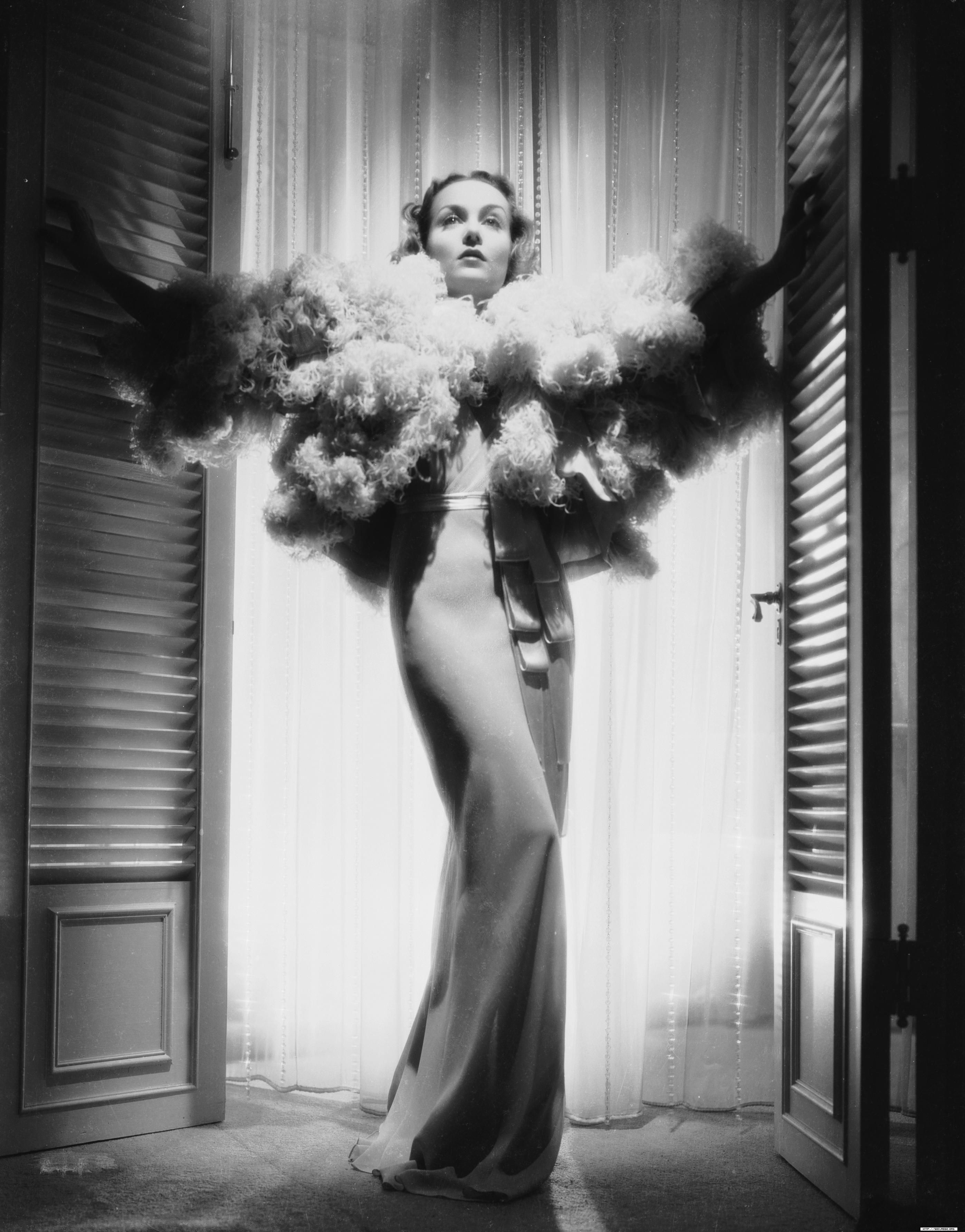 Carol Lombard has four Magna Carta sureties in her parentage, from what I can find. 23rd great-grandfather William d’Aubeney and Robert de Ros, and 26th great-grandfather Richard de Clare. It is through Magna Carta surety Robert Fitz Walter however where we find Lombard’s tie-in with the royal house of Hastings. Charles Darwin, Lewis Carroll, Sir Winston Churchill, Princess Diana, and Queen Elizabeth II are all direct grandchildren of William Hastings. Lombard is most certainly a Hastings, but so is Ralph Waldo Emerson, Charles Lindbergh, and agent Dorthea Dix. That list goes on, but you get the point.
Carol Lombard has four Magna Carta sureties in her parentage, from what I can find. 23rd great-grandfather William d’Aubeney and Robert de Ros, and 26th great-grandfather Richard de Clare. It is through Magna Carta surety Robert Fitz Walter however where we find Lombard’s tie-in with the royal house of Hastings. Charles Darwin, Lewis Carroll, Sir Winston Churchill, Princess Diana, and Queen Elizabeth II are all direct grandchildren of William Hastings. Lombard is most certainly a Hastings, but so is Ralph Waldo Emerson, Charles Lindbergh, and agent Dorthea Dix. That list goes on, but you get the point.
If you’ve ever wondered how Carole Lombard managed to become the highest paid actress in Hollywood in the 1930’s, now you know why. They don’t call them Hollywood royalty for nothing. Also, she was a pretty face. But let’s be honest, even Dorthea Dix was a looker. It kind of makes you wonder about the plane crash that supposedly ended her life. The date of her death was January 17, 1942. America had just entered the Second World War. Lombard was 33 years-old. According to The Wiki: “The cause of the crash was determined to be linked to the pilot and crew’s inability to properly navigate over the mountains surrounding Las Vegas.” Mm-hmm, that’s probably it. Just look at the Linbergh kidnapping or Susannah Willard Johnson, who was captured with her family during an Abenaki Indian raid on Charlestown, New Hampshire in August 1754. The Hastings have a habit of initiating wars with hoax kidnappings or deaths, but that’s probably none of my business.
You notice how celebrities never seem to die from roller-coasters, tall ladders, lightning, bee stings, hippo attacks, or fireworks. I checked. They’re all more likely than dying in an airplane. Even death from falling out of bed is more likely. So few people die in a plane crash that odds are barely calculable. That’s how few people end up falling out of the sky. Hollywood royalty however makes a dirty habit of it. Ritchie Valens, Buddy Holly, Ricky Nelson, Otis Redding, Rocky Marciano, Glenn Miller, James Horner, and David Angell all died in plane crashes. And I’ve yet to deal with the dozens upon dozens of politicians, rulers, sports stars, astronauts, and the like who met the same fate. I will leave it up to you to theorize or make sense of that. But like Kobe Bryant’s death hoax in 2020, which appears to have kicked off the COVID-1984 psychodrama, it does not surprise me that Lombard went down with her mother, Bess Peters. It’s for the exact same reason that Carolyn Beset-Kennedy went down with her sister, Lauren Beset. Why not take a loved one with you while living the rest of your life in solitude?
Effective Frequency: The Transformative Power of Television
.
THE IMAGE of the homemaker was still powerful in the minds of American audiences in the 1950s. As we have already established, I Love Lucy repeatedly focused upon Lucille Ball’s attempt at circumnavigating her husband’s demand that she stay out of show business. Domesticity was the home address by which Lucille Ball would play the part of the spirit at the crossroads, laying the pavement for the upcoming Intel project we know today as feminism. How do you go about making an alternative lifestyle acceptable? Make it funny. Even while committed to ordinary tasks like baking bread, her loaf would erupt, become so big, as large as the kitchen, that she would be forcibly excused into the living room.
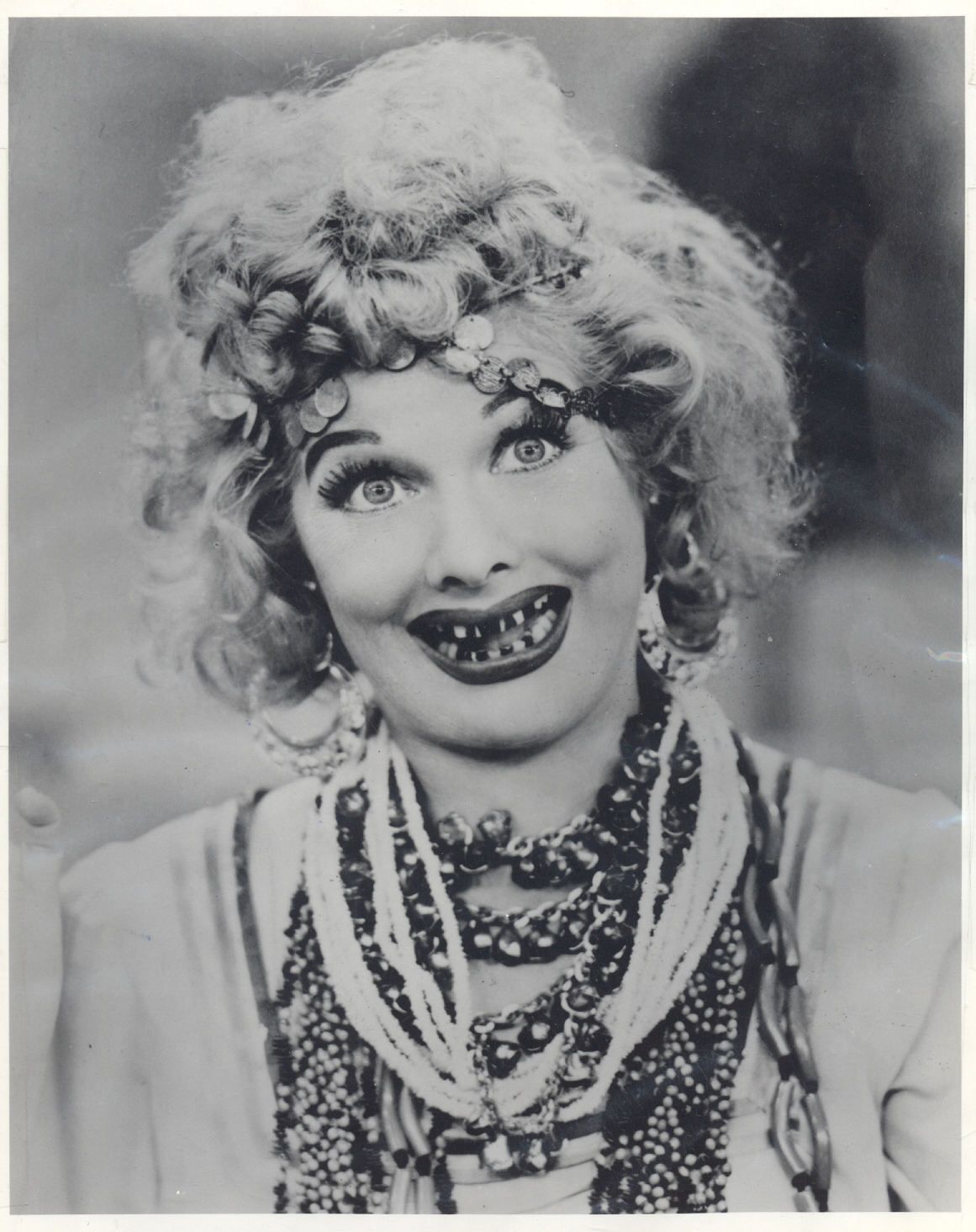 Episode after episode, in fact 180 of them, will attest to the fact that Lucy desired to be so much more than a housewife. Not only that, she rebelled against the constraints of her role, always hoping to outwit her husband through acts of scheming, lying, disguising herself and—as is the case with John Wayne’s cement block at Grauman’s Chinese Theatre—stealing. The plots served a purpose, and that was almost always to directly expose the boundary markers set for women in the 1950s.
Episode after episode, in fact 180 of them, will attest to the fact that Lucy desired to be so much more than a housewife. Not only that, she rebelled against the constraints of her role, always hoping to outwit her husband through acts of scheming, lying, disguising herself and—as is the case with John Wayne’s cement block at Grauman’s Chinese Theatre—stealing. The plots served a purpose, and that was almost always to directly expose the boundary markers set for women in the 1950s.
You will tell me that every episode which detailed Lucy’s attempt to derail the traditional gender stereotype ended in defeat at the hands of her Cuban husband, but that is only because the writers on the show were clever. People tuned in because Lucille Ball ensured that every act of rebellion would be split-achingly funny. When Lucy and Ethel filled their cheeks in order to make the chocolate on the swiftly moving conveyor belt go away, audiences roared at the mere look on Lucy and Ethel when their supervisor returned, surveyed the empty workspace, and exclaimed: “My you’re doing splendidly. Speed it up a little!” When Lucy went behind Ricky’s back in order to film a television commercial advertising “Vitameatavegamin,” a health serum with a 23% alcohol content, audiences practically fell over with split-aching laughter once Lucy began slurring her words and in fact ended her day completely sloshed, incapable of finishing the shoot. The memorable aspect of these episodes were certainly not the temporary resolution back to domesticity, as Lucy’s explosive, seemingly unconstrained energy made the ending which proceeds the chaos seem like a joke. For the power in Lucille Ball, you see, was that she could never be contained.
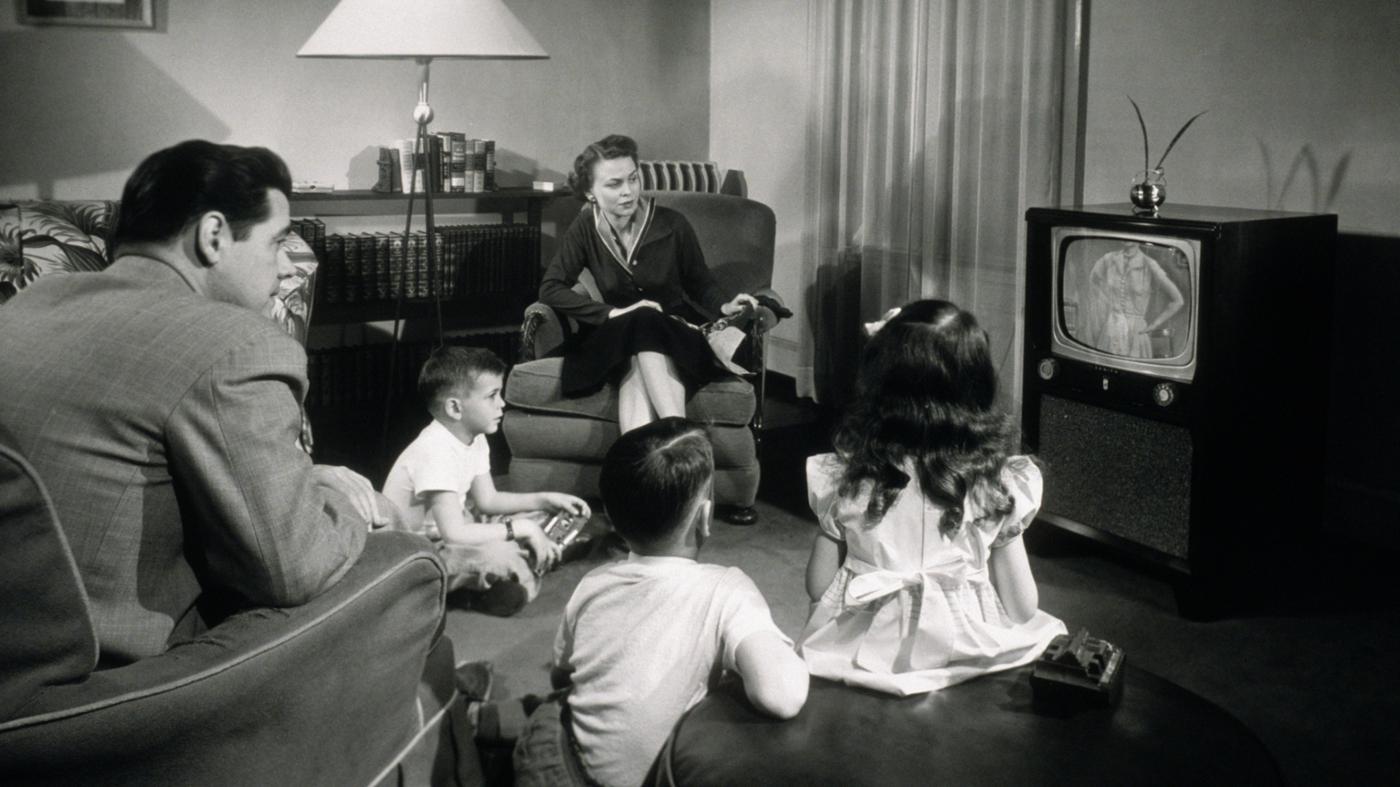
.
THERE IS an unpublished memo of Freemason H.G. Wells which is often relegated to the cruel indoctrination practices of the public school system (and if we’re being honest, accredited private schools) when he wrote in 1937: “The Universities and the associated intellectual organizations throughout the world should function as a police of the mind.” But that is not to say that the novelist and Hollywood script writer failed and getting what he wanted in the glorious medium of television. By 1960, there were 52 million life-giving television sets enthroned in living rooms across America, one in almost nine out of ten households. From here, the mass-Mind would take shape. While participants acted according to media-derived impulses, Intel would have them believing their own free will had arisen out of some personal desire and need.
The term effective frequency refers to the number of times a person must be exposed to an advertising message before it is deemed effective. Studies such as these can be found throughout the centuries. More recently however, in 1969, Herbert Krugman conducted a series of experiments for General Electric regarding the effect television had on a person’s brainwaves. Krugman concluded that there are only three levels of exposure needed to completely spin a narrative in favor of the Corporate sponsor. They are: Curiosity, recognition and decision. Rinse and repeat. While monitoring a subject, he found that the person’s brainwaves switches from Beta to Alpha waves within one minute of television viewing. From that moment forward, they were a willing slave of the Corporate Government. Yeah, that’s frightening.
Just so we’re clear, Beta brainwaves are associated with active, logical thinking. Right this very moment, you’re flexing your Beta acumen. Contrarily, Alpha is the realm of our dreamlike subconscious. It is from the untapped depth of that rabbit hole where the dissociative programing begins and the alchemy can do its work. In her book, Power of the Witch, Laurie Cabot writes: “Alpha is the springboard for all psychic and magical workings. It is the heart of witchcraft.” Here Cabot adds: “The science of witchcraft is based upon our ability to enter altered states of consciousness we call “alpha.” This is a state associated with relaxation, meditation, and dreaming…. In alpha the minds open up to non-ordinary forms of communication…. Here we also experience out-of-body sensations and psychokinesis and receive mystical, visionary information.”
Krugman’s subjects would not escape the Alpha state until after they stopped watching television and picked up a book to read. In Krugman’s report, his findings particularly note: “the mode of response to television is more or less constant and very different from the response to print. That is, the basic electrical response of the brain is clearly to the medium and not to content difference…. [Television is] a communication medium that effortlessly transmits huge quantities of information not thought about at the time of exposure.”
With a remote in hand, the viewer convinces himself that he is in control of his TV programming when in fact the TV is programming him. Within seconds of turning on the tube, his mind has already slipped into the hypnotic state. That remote, if he should ever convince himself that it were a wand obeying his every command, has now turned the spell back upon him. His brain waves have entered into the Alpha state. This is the realm of the witch—the trance; the enclosed space of meditation and relaxation—where magic meets our altered state of consciousness. He has convinced himself that his susceptibilities to gathering information, particularly on a subconscious level, only affect his memory pool, when in fact he has overlooked the far more grim reality. Our very beliefs are formed by our memories. Whoever controls the screen controls the past, the present, and the future. And it is the children of Cain who master the performance.
In other news, you will likely tell me that proof of the moon landing is the mere fact that you watched it on television.
.
.
Noel
